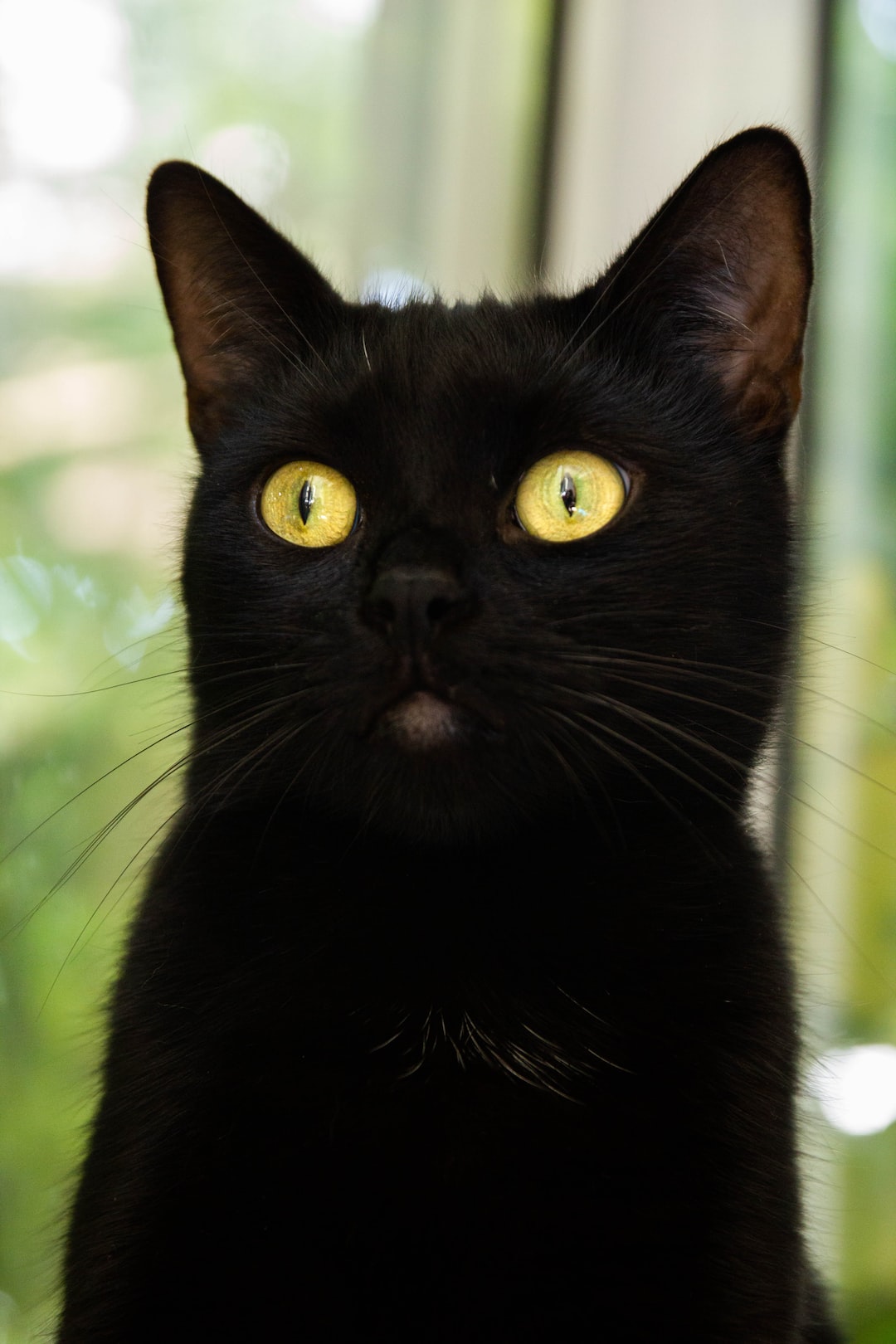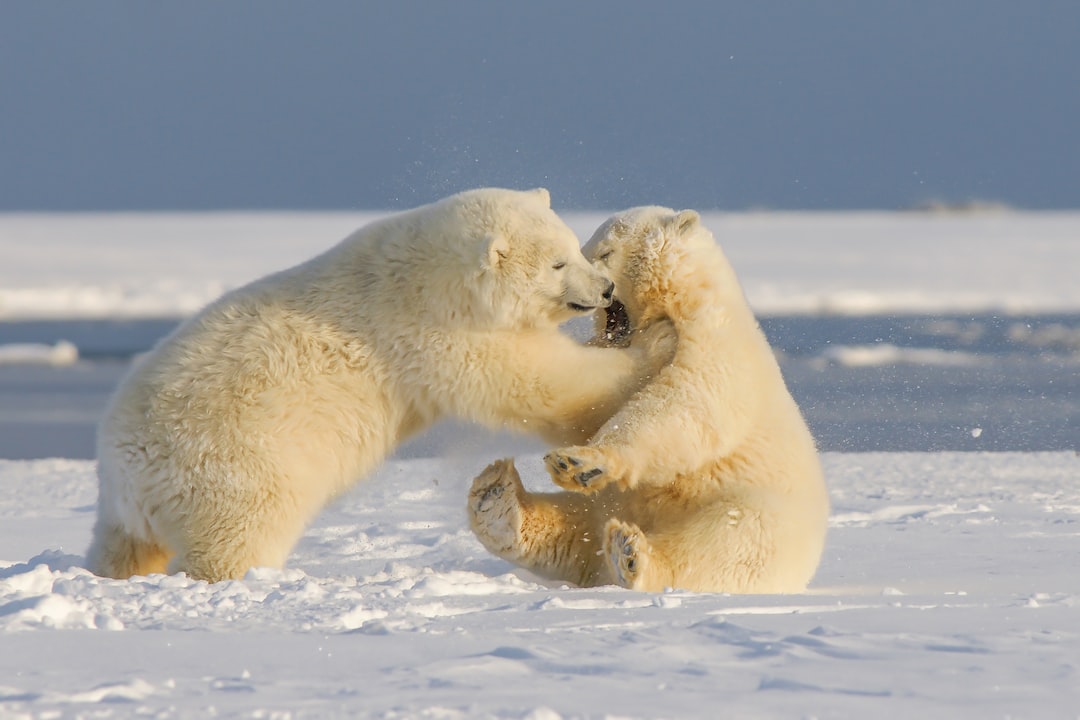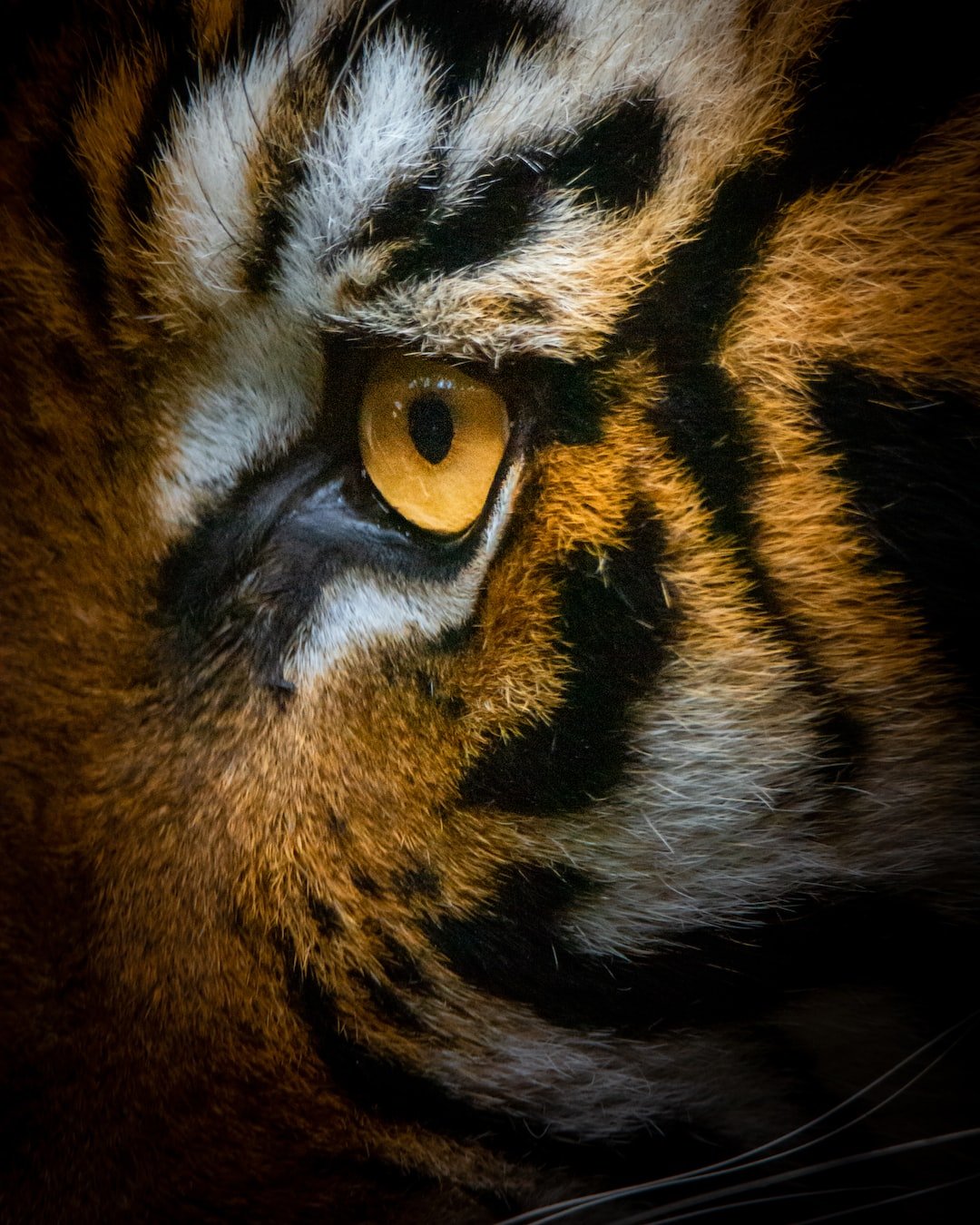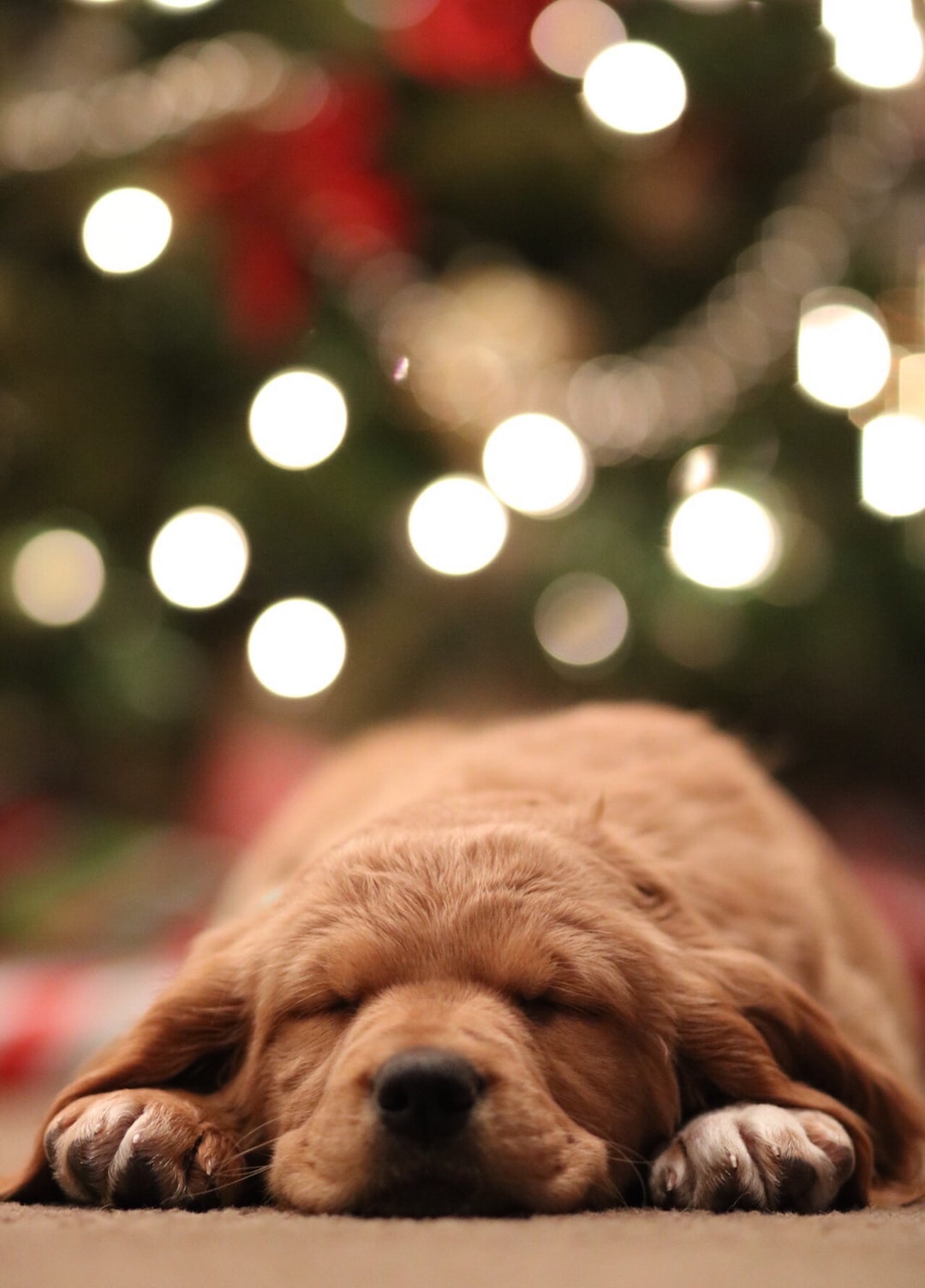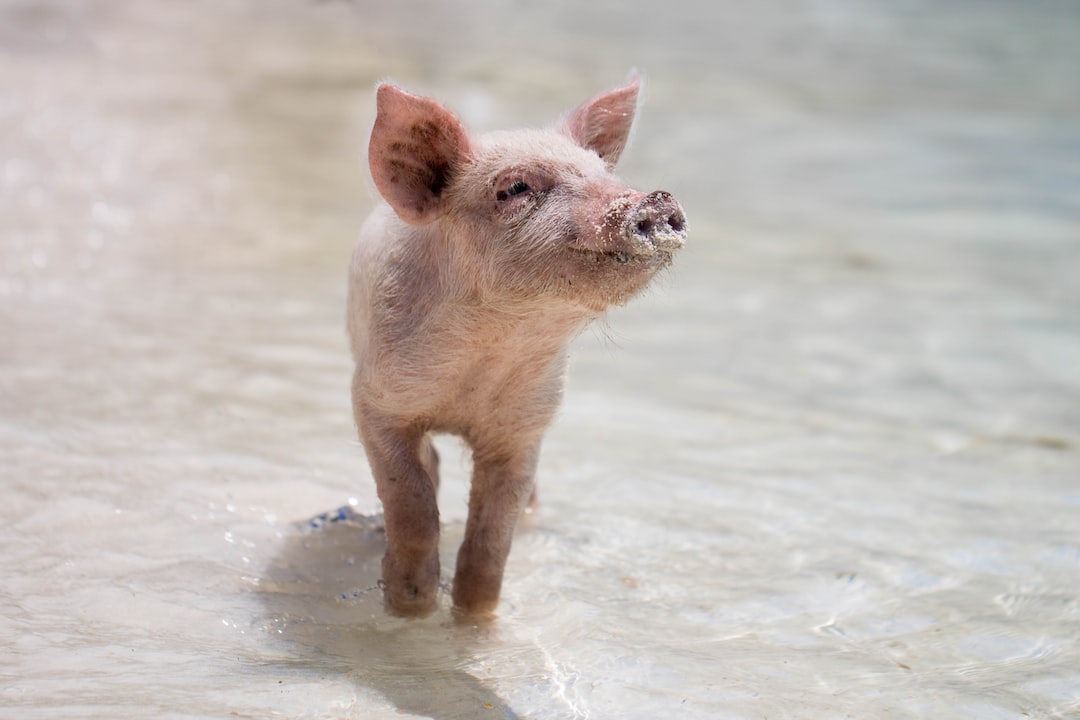Debunking Animal Myths: Understanding the Truth Behind Popular Beliefs
Animals have always fascinated and captured the imagination of humans. Throughout history, people have developed various myths and beliefs surrounding these creatures. While some of these myths are harmless and entertaining, others can have a negative impact on our understanding and treatment of animals. In this blog post, we will explore some popular animal myths and uncover the truth behind them.
Myth: Bats are blind creatures that rely solely on echolocation.
Bats are often associated with darkness and a lack of vision, but this couldn’t be further from the truth. While it is true that bats use echolocation – emitting sounds and listening to the echoes to navigate and find prey – many species of bats also possess excellent eyesight. In fact, some species have specialized adaptations for a nocturnal lifestyle, such as large eyes and sensitive vision in low light conditions. These fascinating creatures have a variety of sensory tools at their disposal, enabling them to thrive in different environments.
Myth: Bulls get enraged by the color red.
Many believe that bulls are antagonized by the color red and that it triggers aggressive behavior. However, it is important to note that bulls are actually color blind to red. They are instead triggered by the movement of objects in their vicinity. When a matador waves a red cloth, it is the movement that entices the bull, not the color itself. This myth has perpetuated through cultural representations and, unfortunately, has given rise to harmful practices in bullfighting.
Myth: Goldfish only have a three-second memory.
Goldfish are often thought to have a short attention span, with the belief that they can only retain information for a few seconds. However, scientific research has shown that goldfish actually have quite a good memory. They can remember things for months and are capable of recognizing patterns and routines. These resilient and intelligent aquatic pets deserve credit for their memory and ability to learn.
Myth: Sharks are man-eating predators lurking in every body of water.
Pop culture has often portrayed sharks as ruthless killers, waiting for an opportunity to attack unsuspecting swimmers. While it is true that some species of sharks can pose a threat to humans, the majority of sharks are not interested in preying on humans. In fact, humans are responsible for causing more harm to sharks through overfishing and habitat destruction. Understanding the importance of sharks in maintaining a healthy ocean ecosystem helps dispel this myth and encourages conservation efforts.
Myth: Lemmings commit mass suicide.
The idea that lemmings commit mass suicide by jumping off cliffs is a popular myth fueled by a Disney documentary in the 1950s. The truth is, lemmings do not engage in suicidal behaviors. However, they are known for their cyclic population fluctuations, which can lead to large numbers of lemmings migrating in search of food and new territories. Sometimes, this migration does result in mass drownings when lemmings encounter bodies of water or cliffs. But these incidents are accidental rather than intentional actions.
By debunking these animal myths, we gain a deeper understanding of the complexity and beauty of the animal kingdom. It highlights the importance of relying on scientific information and research to foster compassion and respect for all creatures. Educating ourselves and others on the truth behind popular beliefs is crucial for promoting responsible animal care and conservation efforts. Let us continue to challenge these misconceptions and embrace a more accurate understanding of the animal world.
